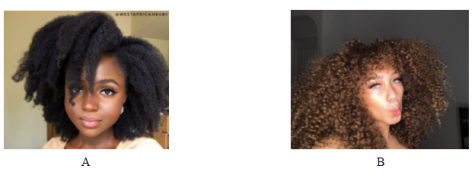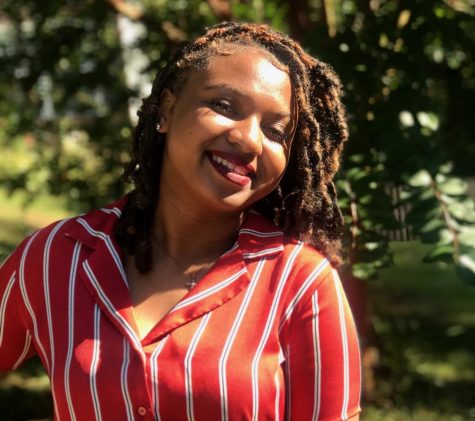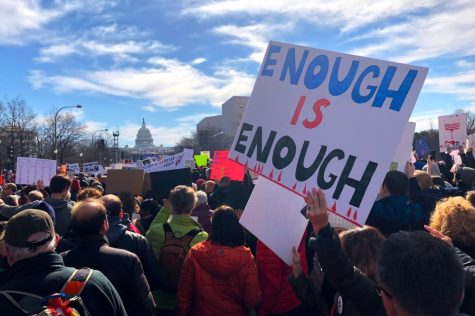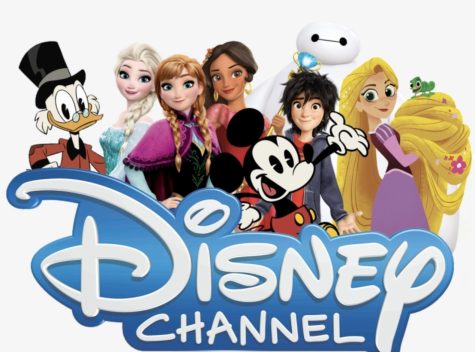How does systematic racism influence colorism and texturism?
March 3, 2021
You know more about this topic than you think. As people living in a society that has roots of racism which still affect certain parts of our everyday thinking, a lot of issues have become normalized. But before we start , Let’s test your unconscious bias. An unconscious bias is an underlying prejudice or stereotypes which can be good or bad about a specific group of people or individuals that aren’t necessarily true. These can affect how you approach people and your thinking for a lifetime as you continue that thinking through an experience which altered your perspective.
Here’s the test. View the following hair types and be honest with yourself as you rate what you feel is “good hair.” Which would you rather have? Which do you feel would be easier to manage? Which one are your eyes more drawn to?
There is no right or wrong answer but there is a reason for your thinking in every way you answered. Some say both are equally beautiful and some may prefer one over the other. A lot of times the favor is within picture B. This is not a surprise as this preference is quite prominent more specifically in the fashion industry. This “texture hierarchy,” as stated in article “How Black People Came To Believe 4c Was a ‘Bad Hair’ Texture,” has caused division and neglect amongst women and men who had this uncontrollable asset which has made or broken life changing opportunities.
Hair textures can vary and they do have categories in which they lie in. For people with African ancestry, they more than likely will have a curl pattern. These curls can be looser which will fall in a category with numbers 2-b through 4-c. The curls get tighter as you move down the scale from 2 to 4 coiled hair.
The construct of the curly hair texture being “better” than the more coarse hair is better known as “Texturism” . According to Refinery 29 ‘s “Texturism: How 5 Women Overcame The Idea Of “Good Hair”, “Texturism fosters the idea that certain types of natural hair patterns are more desirable or beautiful than others.” This idea causes more coily textured hair patterns to be underrepresented in the media. In places like high fashion, TV casting and movie casting you can find stories about actors/actresses that have been turned down due to hair or skin tone preference.
It’s hard to communicate that all black skin tones aren’t treated equally .But for example, in cinema, some directors feel like if they get a woman of African descent casted, that it is good enough to prove diversity. Well yes and no. Since there is proven favoritism to lighter skin toned African American women, it makes it another issue to discriminate against a darker toned women. They fail to show equal love to all skin tones from African American women with this discriminatory practice known as colorism. According to Teen Vogue’s “Hollywood’s Colorism Problem Can’t Be Ignored Any Longer” they say “In 1982, author Alice Walker coined the term “colorism” to describe the prejudices uniquely targeted to black people with darker skin and kinkier hair.”
Where does all of this come from? Well it’s simple; our American Beauty Standard has shifted from different sized Caucasian women from the beginning of time. Never have darker toned African American Women been the desired female. Throughout slavery, and after, the African American woman has always been oppressed, undesired, seen as improper, dirty and unprofessional. As far as hair textures, early 1900 inventors such as Madame CJ Walker and Garrett Morgan created chemicals which will work to make their hair straight for a period of time. These treatments are called “Relaxers” and can be very harmful to the scalp and natural curl pattern. They advertised these products to be life changing and make women more desirable. Losing the “messy” hair would supposedly open a lot of doors for women, and the sad part is that it did. Appealing to the texture of Caucasians would allow one to seem well put together and less likely to cause trouble.
At the time, these inventors thought they were doing good for the African American community but really, it set a lot of harm for how we go about styling hair still into today’s time. As African Americans, there is a self cautiousness that we walk around with as there have been times where comments are made about the natural texture or curl pattern that we have. This can further affect the confidence they wear their hair with and add to the oppressive factor which urges them to hide, straighten and neglect their true pattern.
All this is being said to bring more awareness to this issue. If you discovered something new about your unconscious bias, I hope this information broadens your perspective on the reality of how African American women live life on the daily, and hopefully we are one step closer to closing the division.












